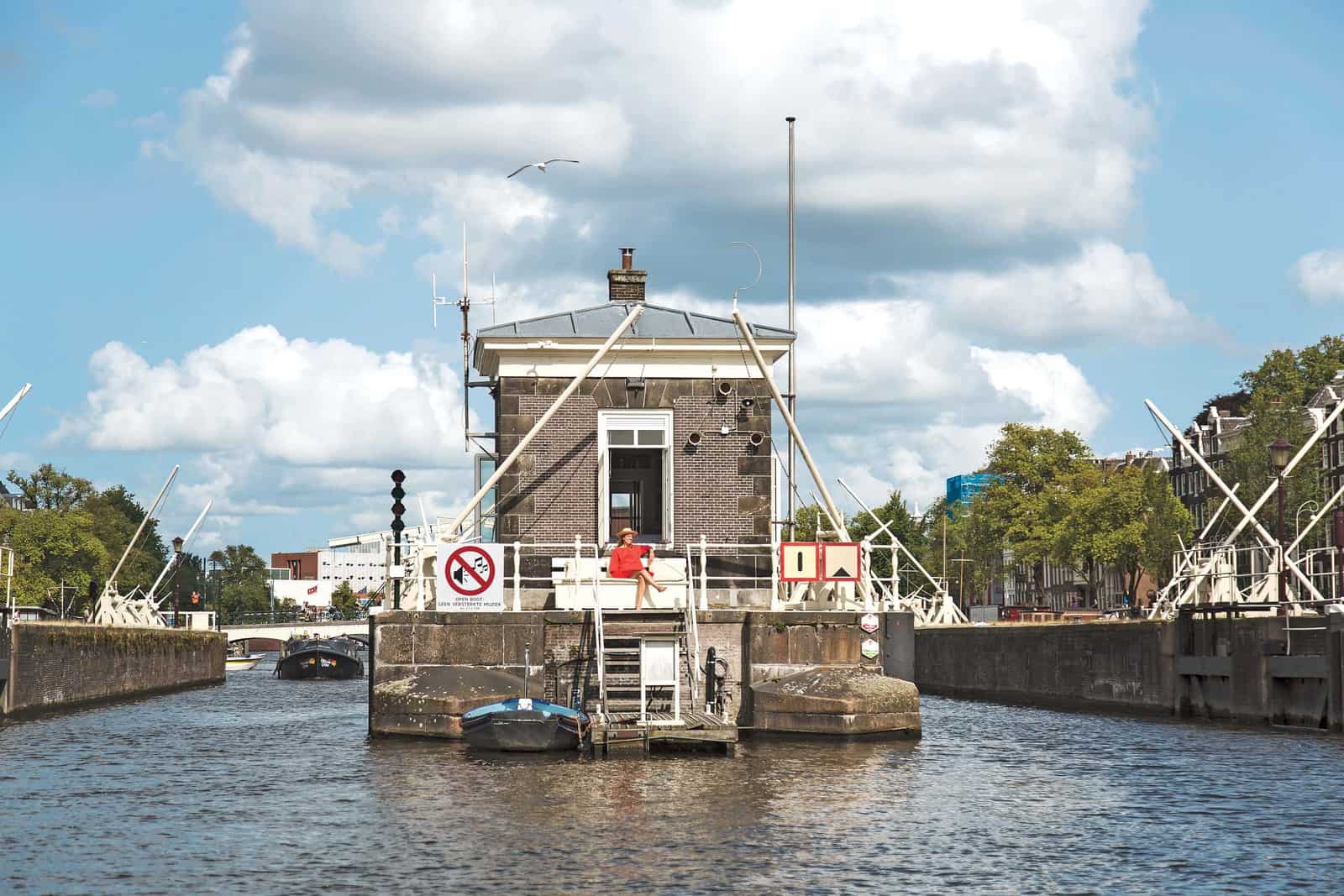For more than 300 years, bridge-keepers monitored Amsterdam’s boat traffic from tiny houses perched above the canals. But in 2017, the Venice of the North automated its water traffic control system, leaving the city’s 28 bridge houses empty. Enter Sweets Hotel, which over the last two years has transformed 18 of these decommissioned buildings into a network of standalone hotel rooms (with all 28 due to be finished by the end of 2021).


“We realized that instead of designing 28 hotel rooms, we were actually designing 28 separate hotels,” says Sweets cofounder and artistic director Suzanne Oxenaar. The buildings span an impressive range of architectural periods and styles—the oldest was built in 1673, the newest in 2009—so each presented its own design challenge. For example, at the 17th-century Amstelschutsluis, which occupies a private island on the Amstel River (four boat crossings per day are included with each booking), the designers searched for the proper paint colors to help retain the structure’s historical accuracy. And the most recent opening, Kortjewantsbrug, which debuted this July in a 1967 cylindrical tower that offers 360-degree views of the IJ River and the Renzo Piano–designed Nemo science museum, needed a bed that would fit the rotunda. Oxenaar went with a circular mattress that creates “a feeling of being the city’s overseer.”

No matter which room you choose, each space houses two guests, offers self-check-in via app, and is equipped with standard hotel amenities—coffeemakers, maid service every other day—in addition to a breakfast delivery option and a tablet loaded with neighborhood recommendations. “We aim to give guests a deeper understanding of the city’s history and the importance of water through the centuries,” Oxenaar says. “Visiting the bridge houses in chronological order is like [taking] a journey through time.”


